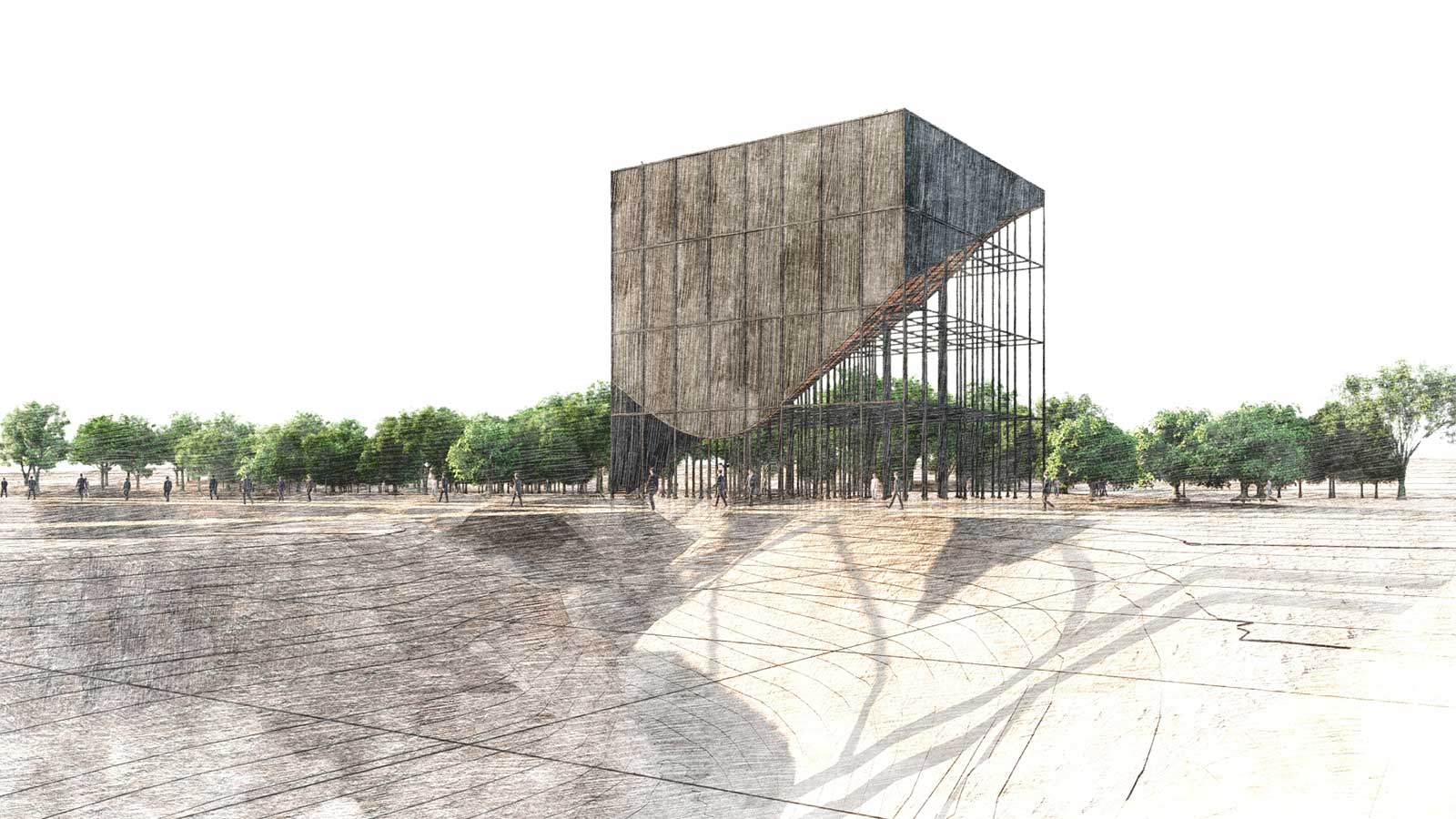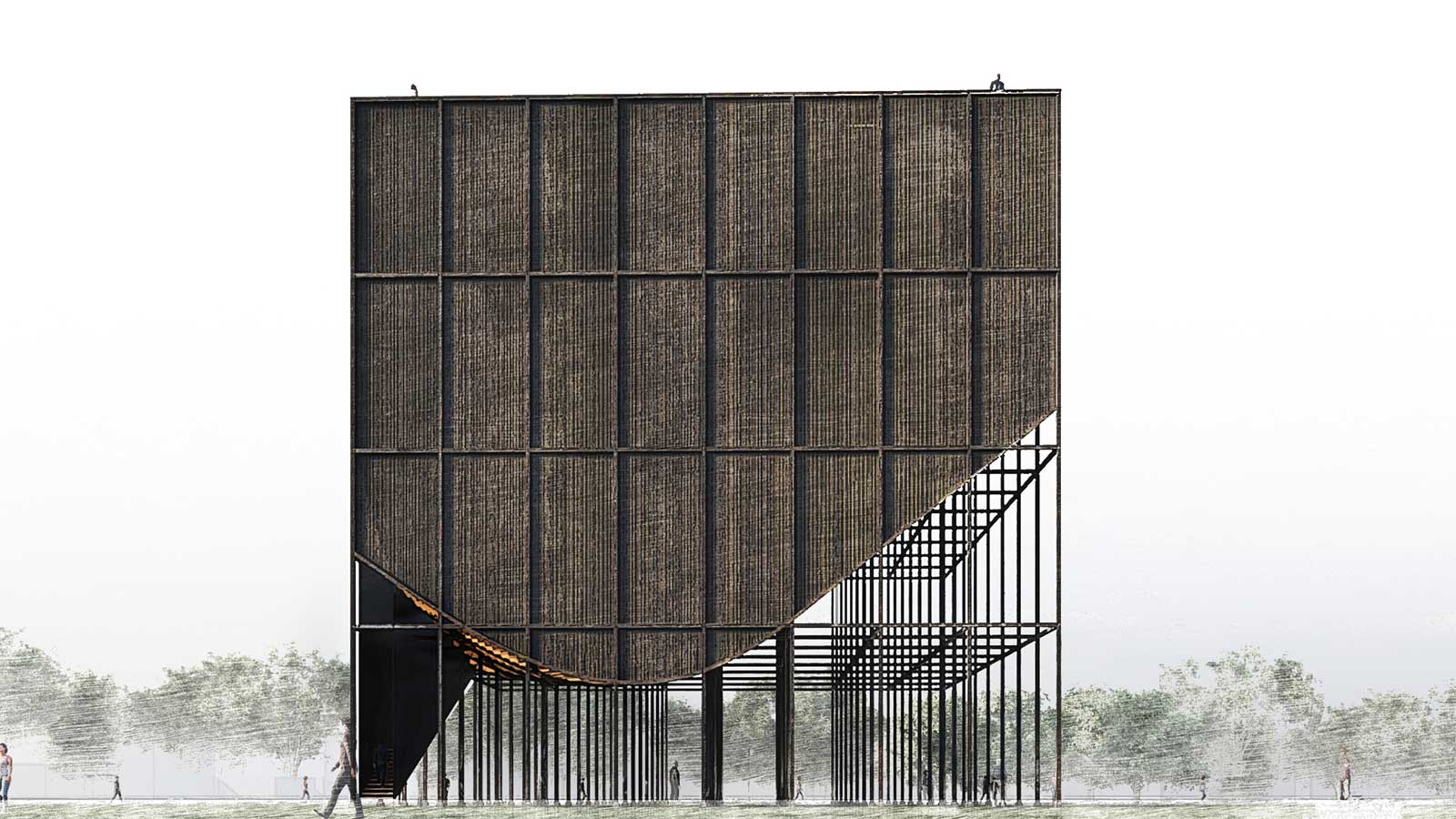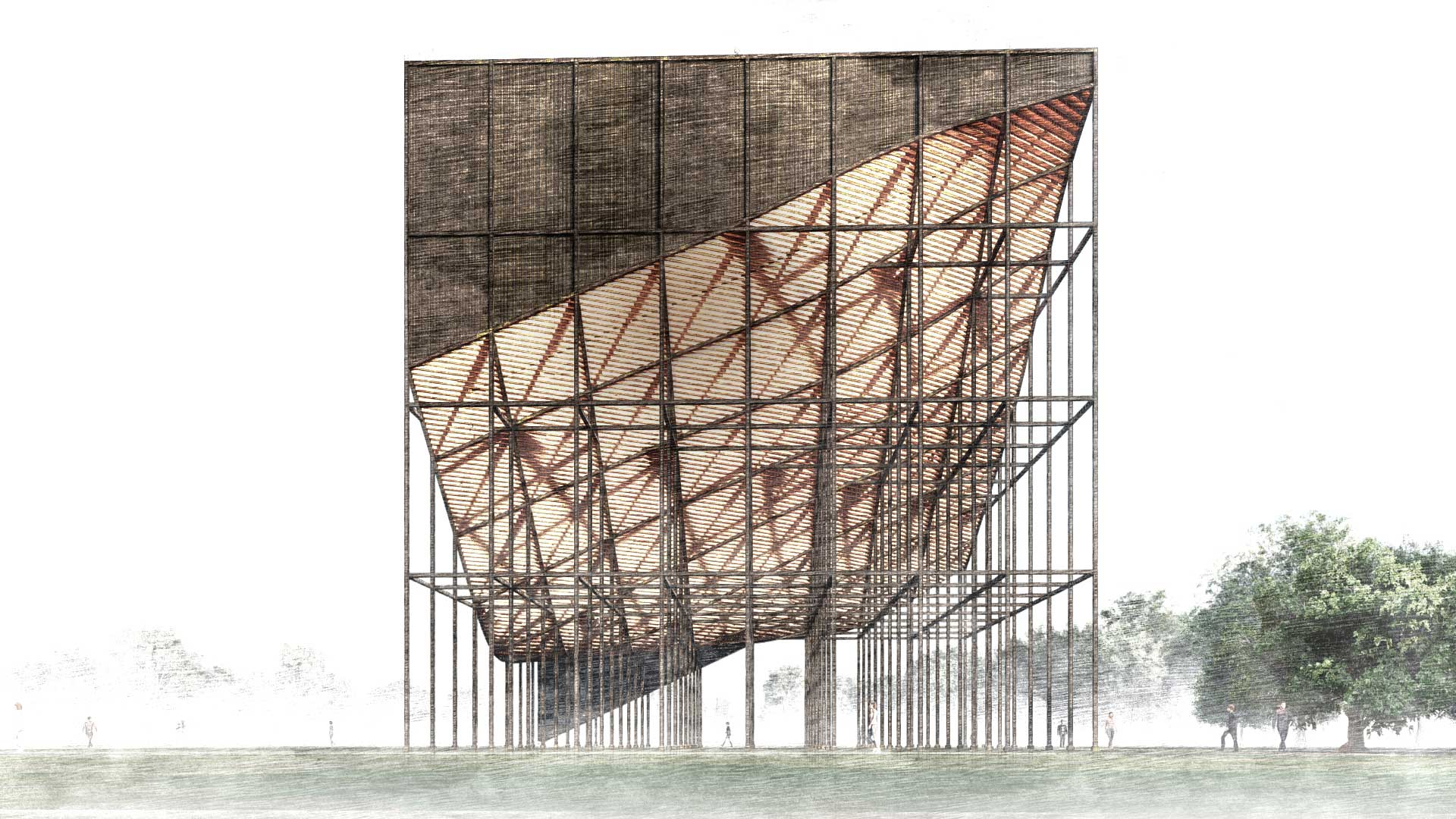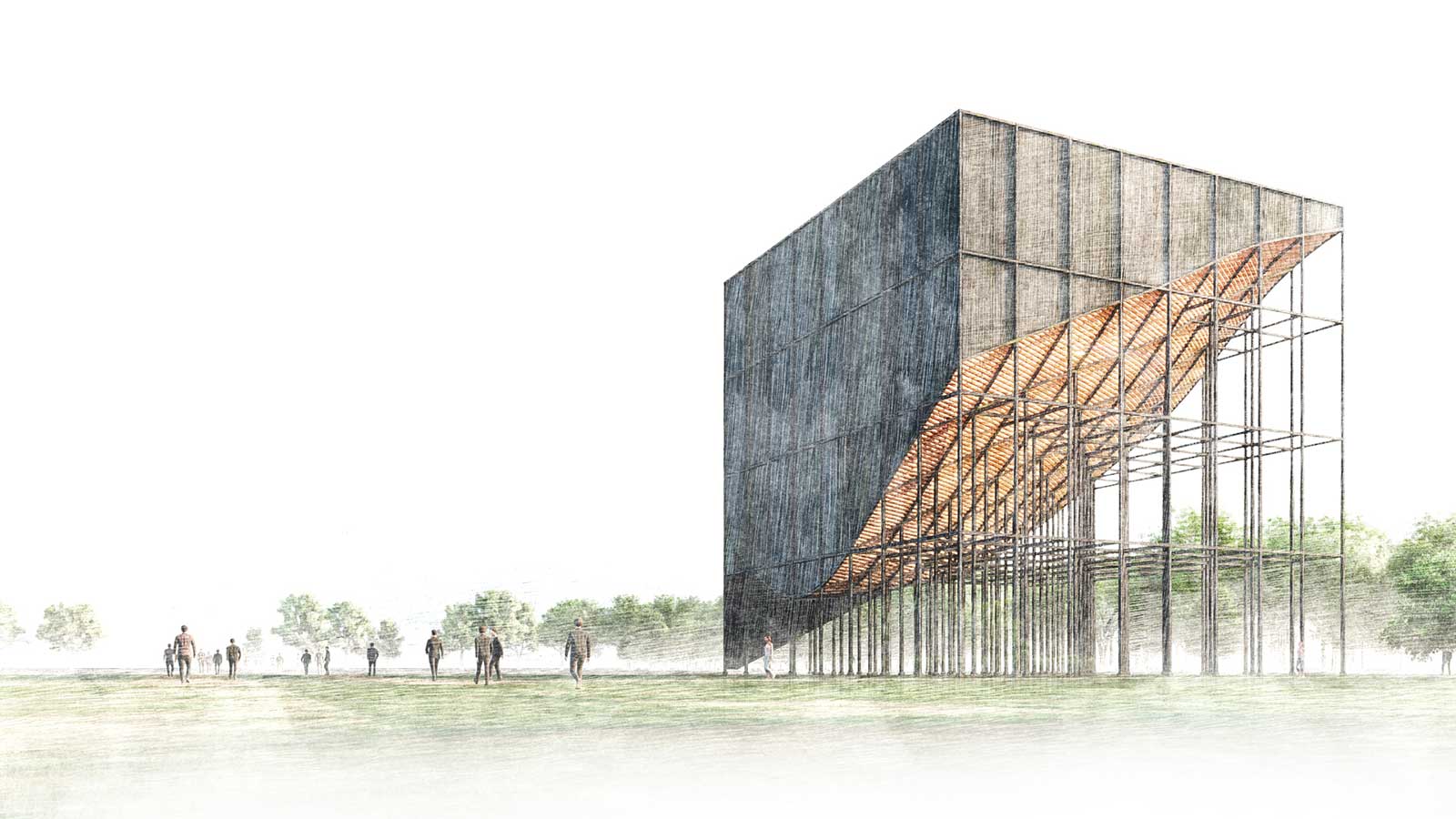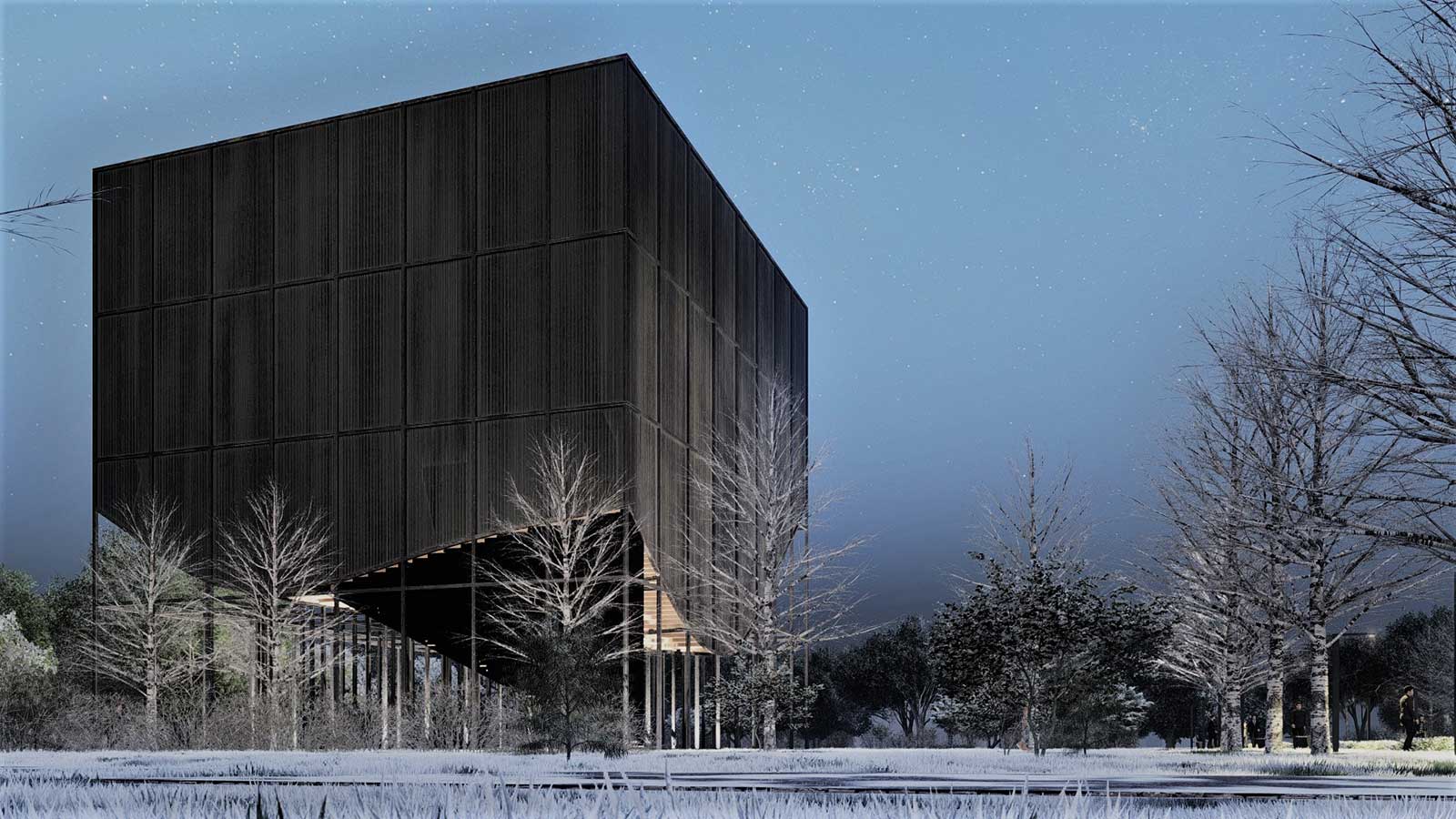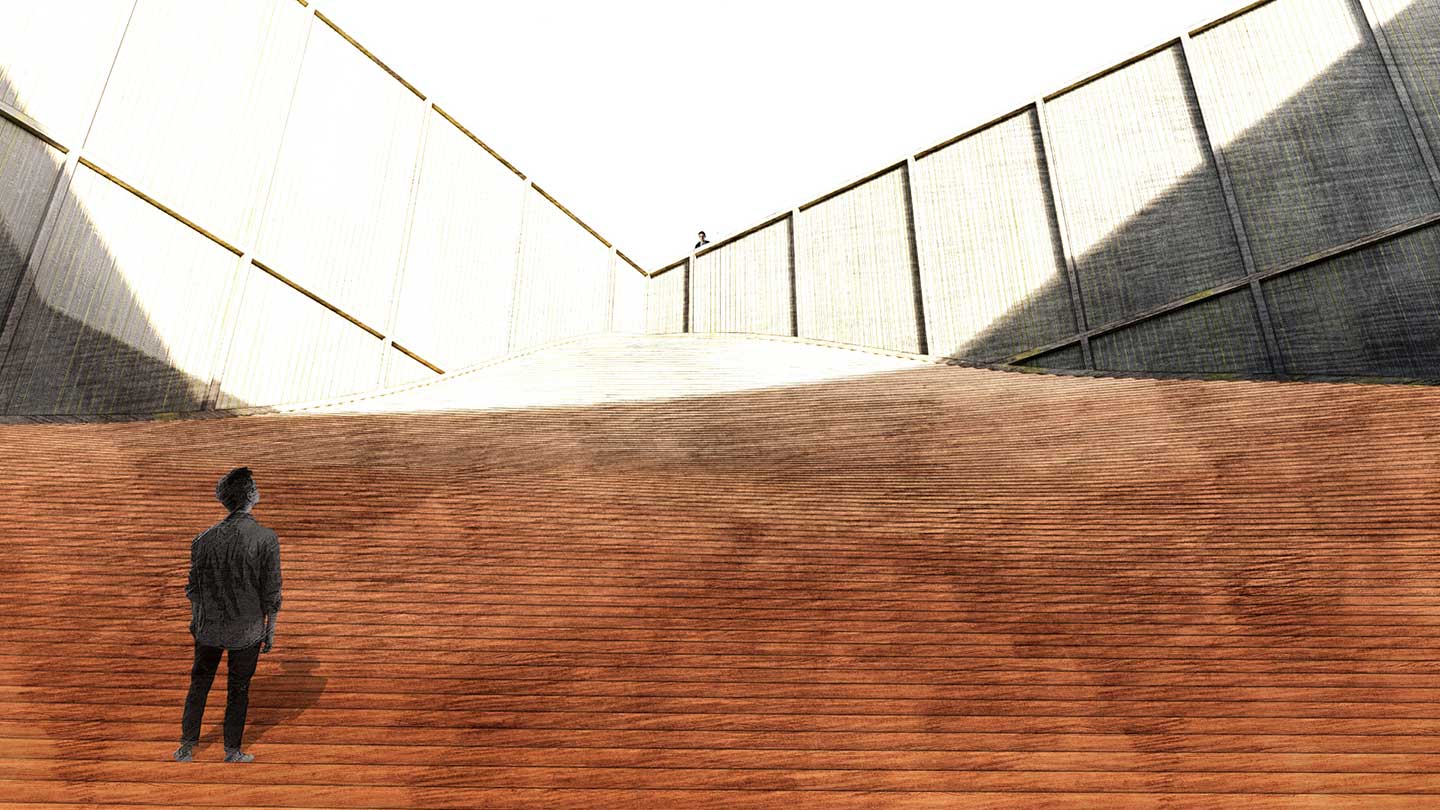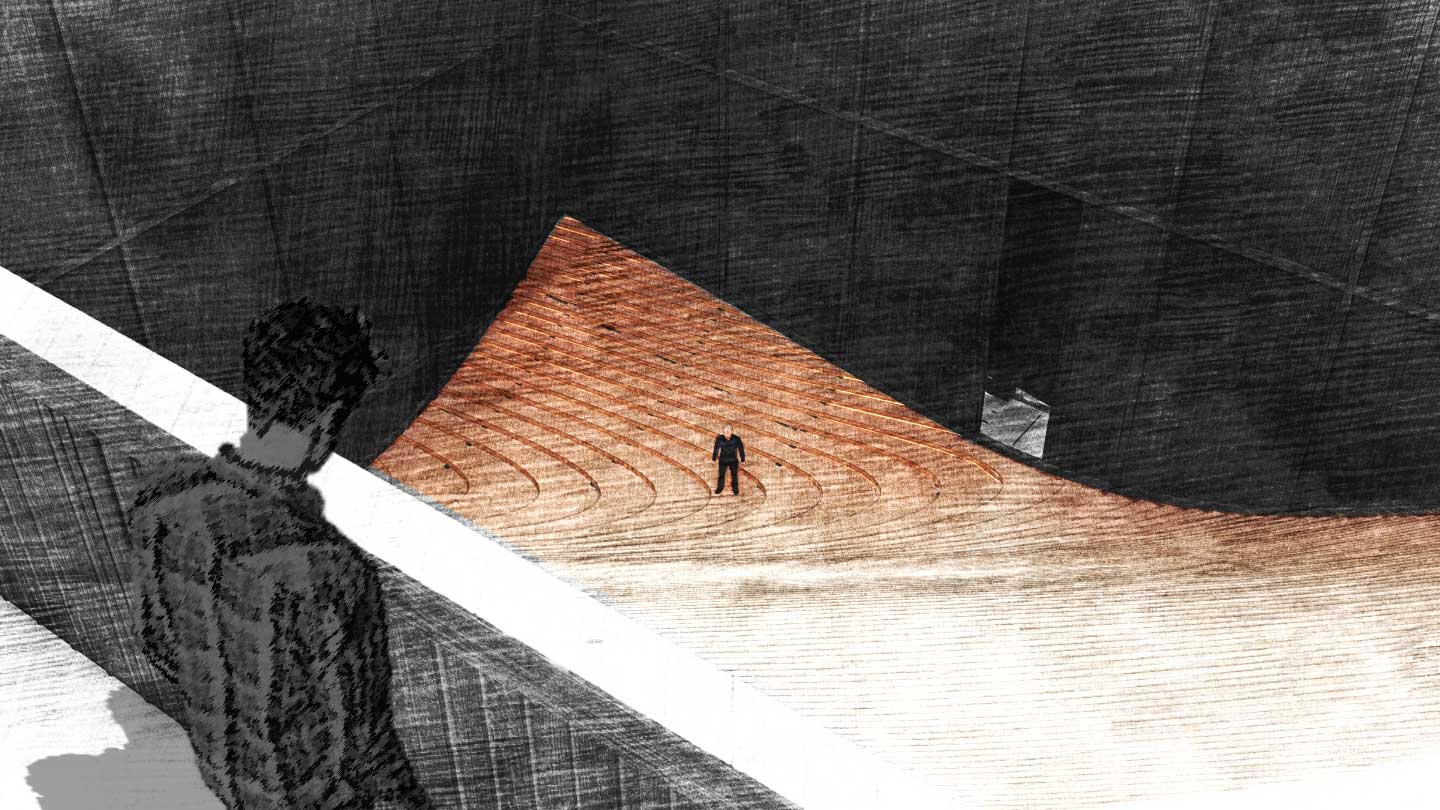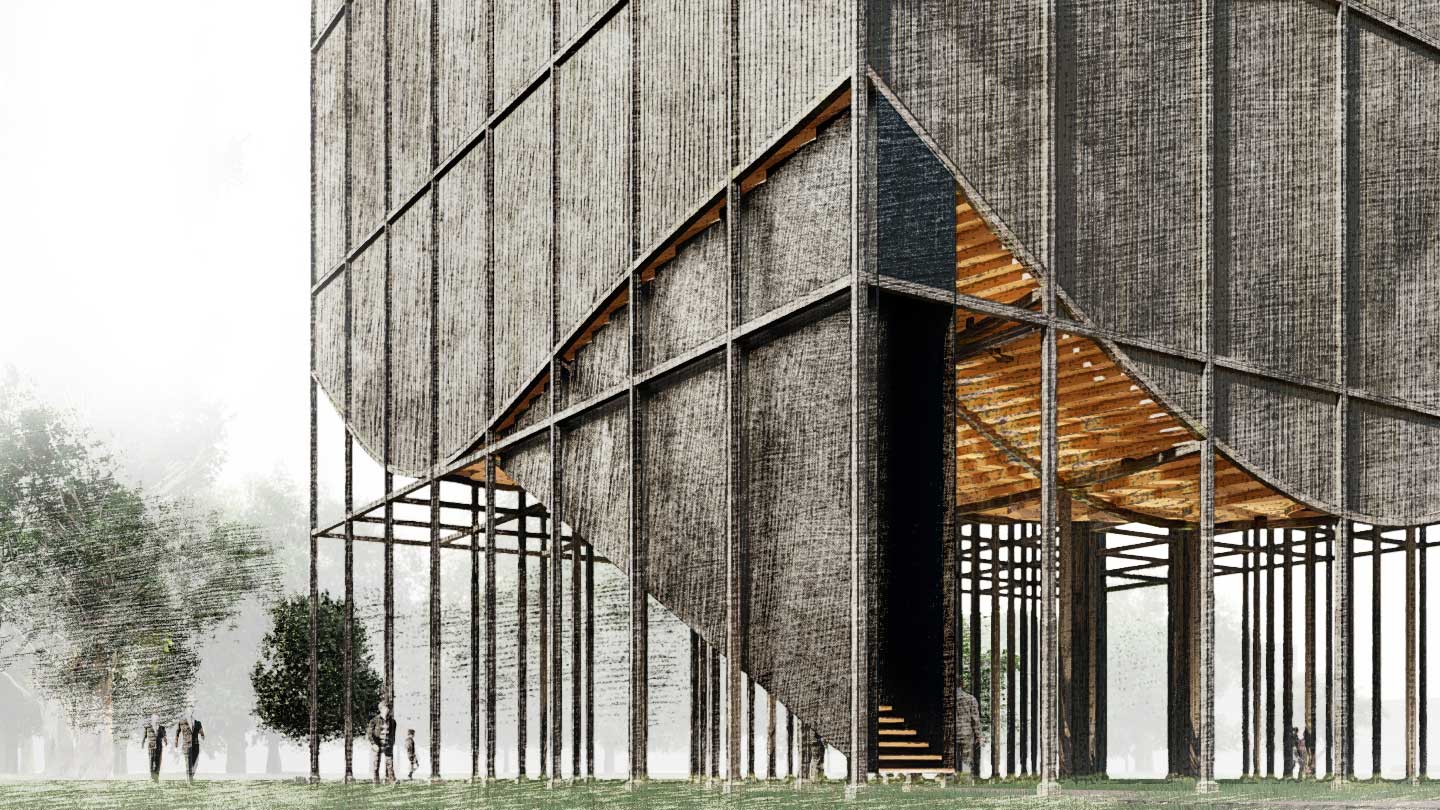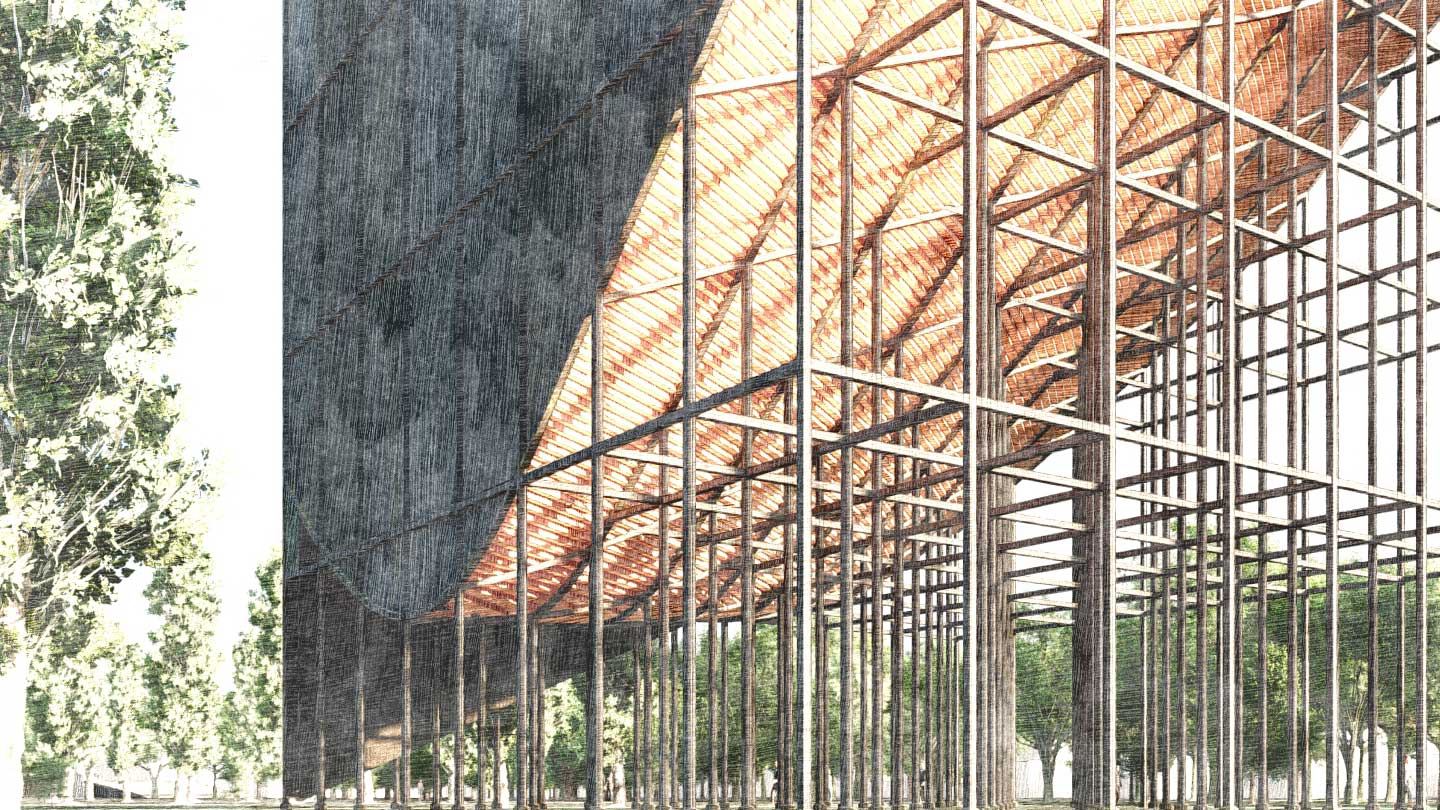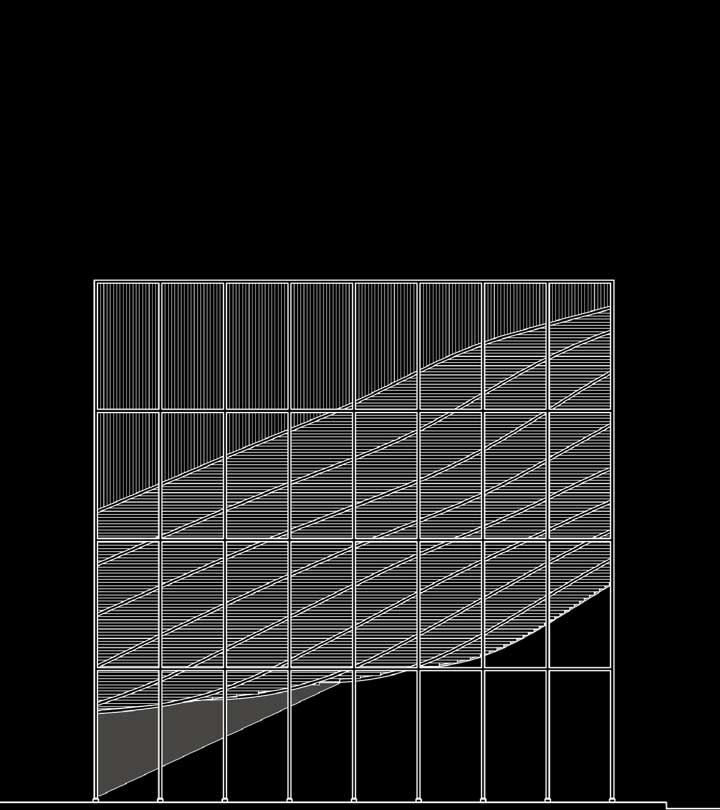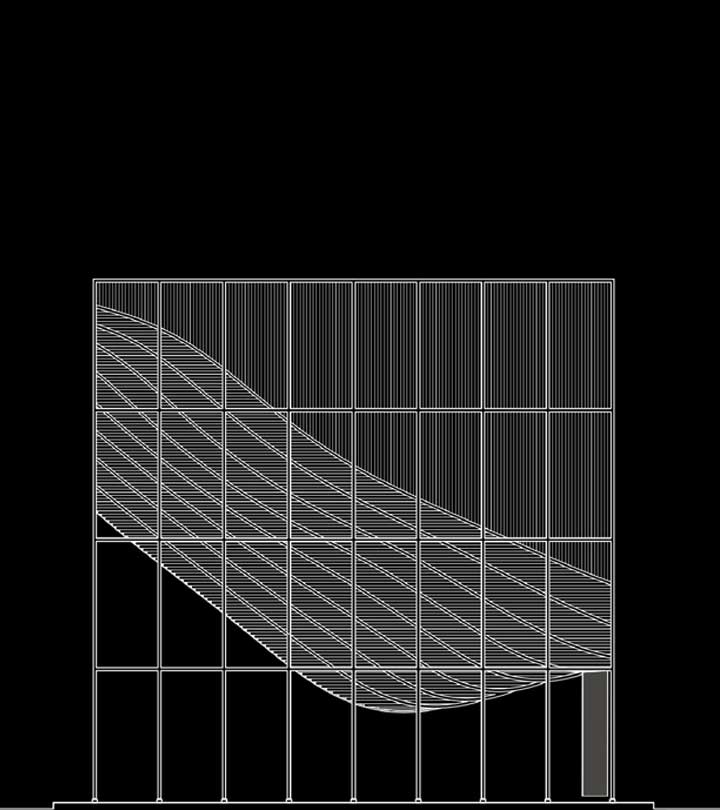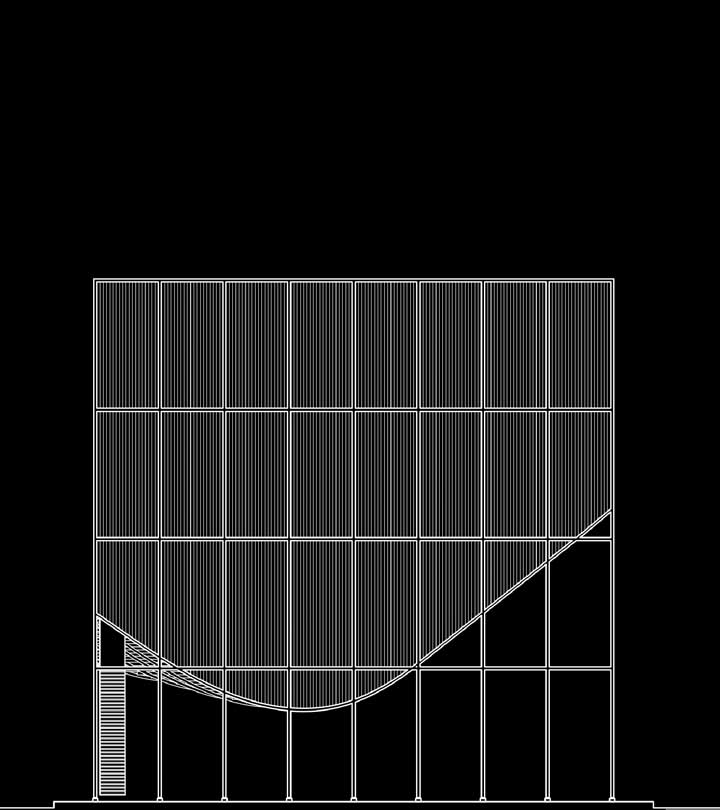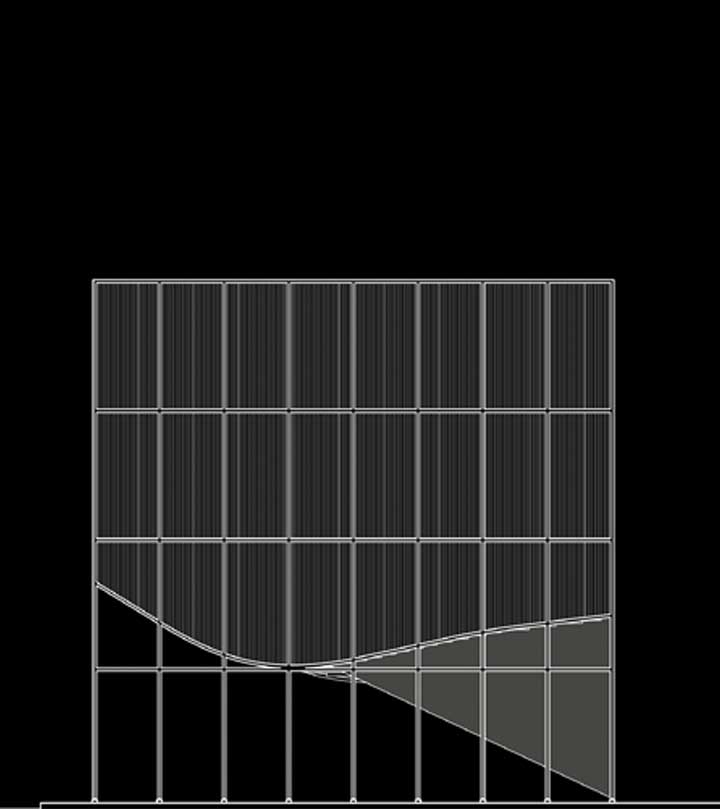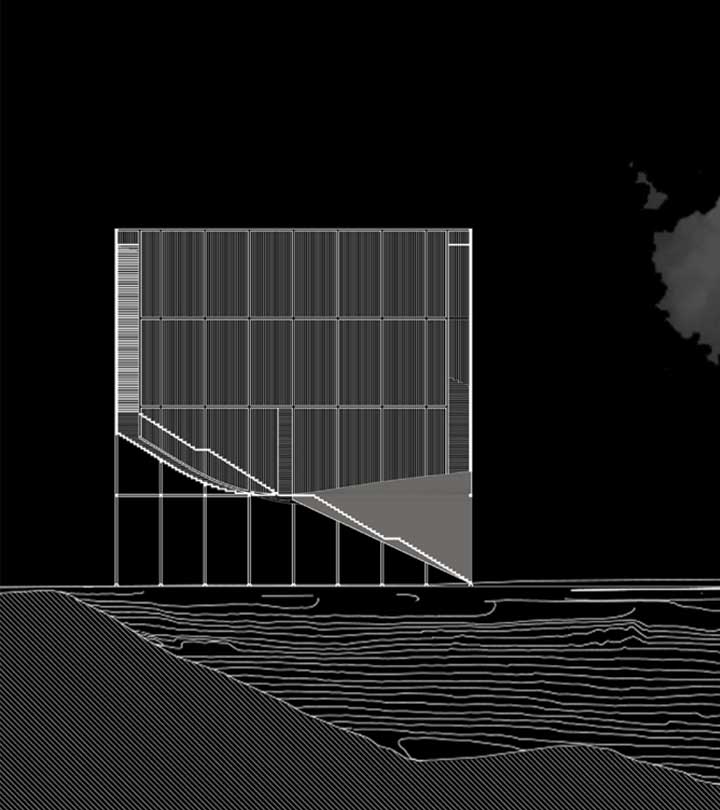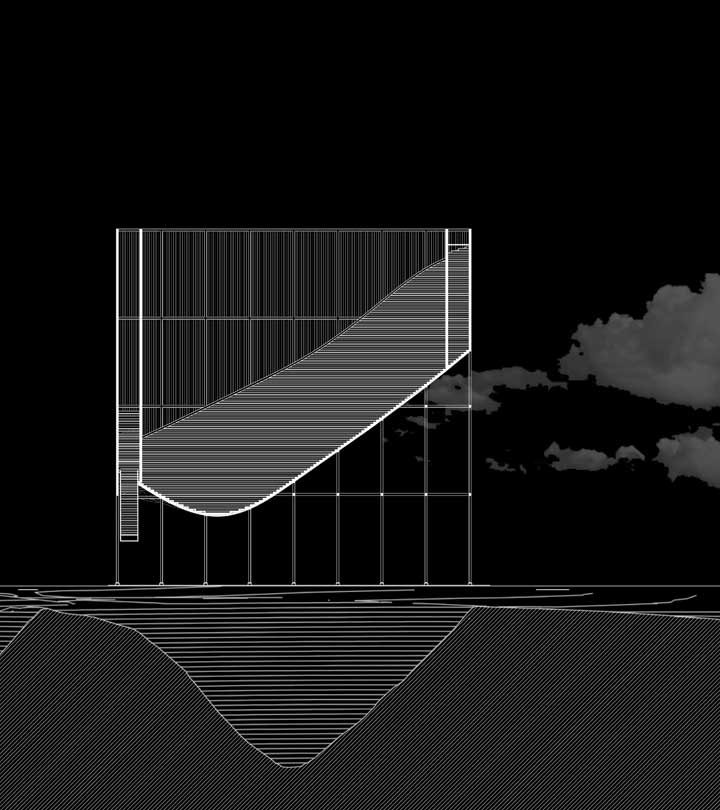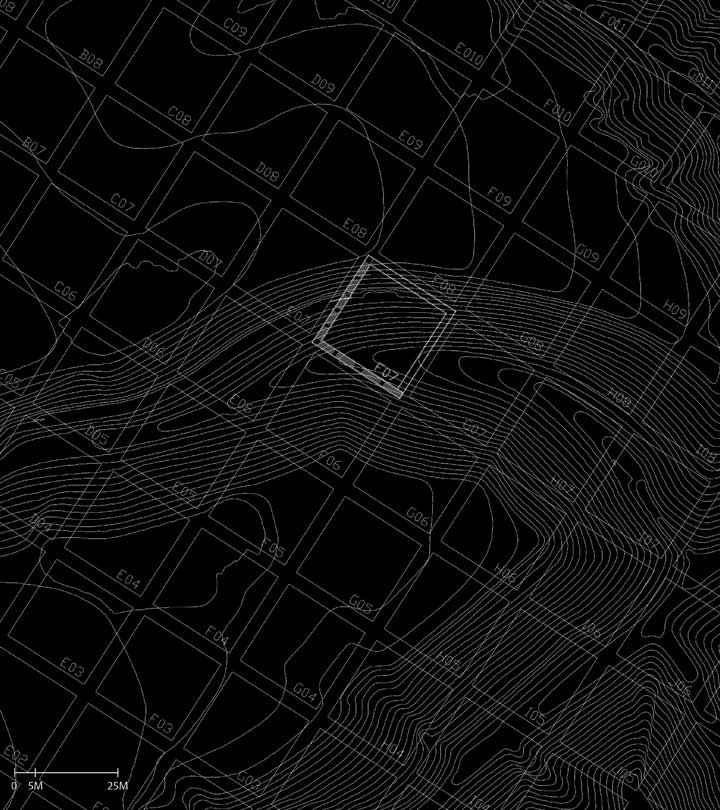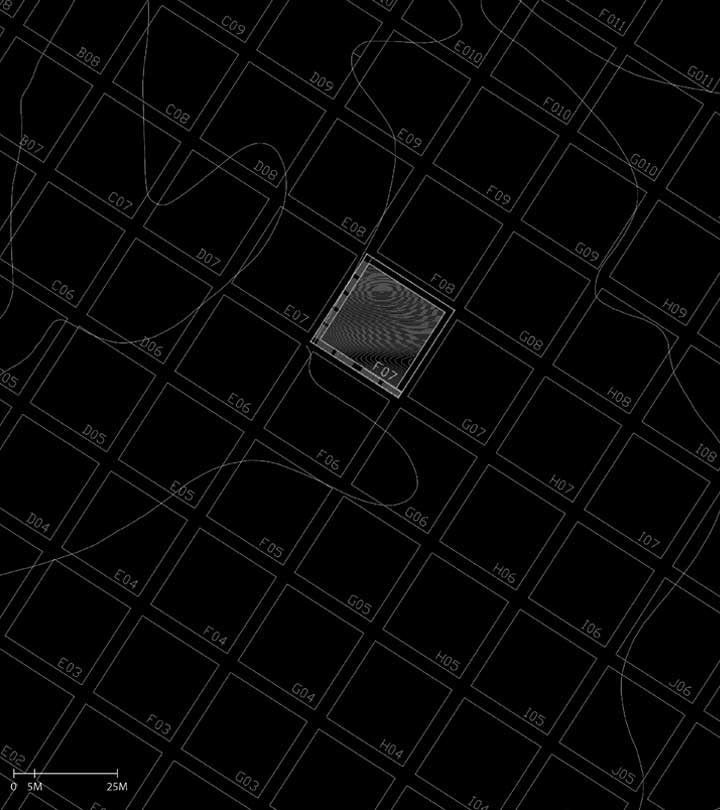
On Friday, Sept. 26, 1941, in the German occupied city of Kyiv, announcements were posted ordering the Jewish population to assemble early in the morning the following Monday near the site of a cemetery. Over the next 36 hours the Germans soldiers and their auxiliaries summoned over 33 000 Jews to the ravines of Babyn Yar. There, the civilians were forced to undress as they were robbed of their possessions. They were then aligned at the top edges of the ravines before being shot with machine guns. As a result, the victim’s bodies would fall to the bottom of the gorges where the corpses would pile up. To that particular date, this was the largest single massacre in the history of the Holocaust. Over the next two years, the Nazis would continue to use the site as a killing ground, murdering another 70,000 individuals, mainly Romani people, psychiatric patients, prisoners of war, and other civilians. The massacre at Babyn Yar was also one of the largest mass killings at a single location during World War II.
Before their retreat from Kyiv, the Nazis tried to silence the memory of the crimes committed at the site. In August 1943, they forced prisoners from the nearby Syrets concentration camp to dig up and burn the remains from the site. Until then, Babyn Yar had a very particular topography. It consisted of ravines shaped by the Dnieper River, which had left abrupt steep channels in an otherwise relatively even terrain.
In 1961, the Soviets too attempted to conceal what had taken place there 20 years earlier by filling in the ravines, flattening the topography and accidentally setting off a fatal mudslide. In the years that followed, the topography was further erased by other landscape interventions and new construction, which deleted more historical sites such as the Jewish cemetery. As the massacre of Jews at Babyn Yar did not fit with the official Soviet version of the war, the Soviets spoke of “ The Great Patriotic War” as a historic combat between fascism and communism, and played down the racial aspect of Nazism.
Presently, after decades of historical and political cover-ups as well as topographical manipulations through landfills performed on site during the soviet era, there are very little traces of the original topography, which was so specific to the location. In its current condition, Babyn Yar has become a public park, which attracts the nearby urban communities on weekends.
In reaction to the topographical manipulation and cover-up of the crimes committed on the site, we propose to “extract” a selected chunk of the initial topography, which now rests under the flat park.
Our scheme consists of a 25-meter long x 25-meter wide x 25-meter high structure.
The proposed structure holds in suspension the abstracted replica of the ravine reproducing the morphology of the terrain at the exact same coordinates and as it was during the unfortunate events of 1941. The 1:1 scale model of the original topography is framed by peripheral walls. The walls hide a vertical open to sky staircase. Visitors can access through the narrow staircase the replicated chunk of the ravine and experience the reconstructed topography in total isolation from the surrounding park. The peripheral staircase also leads to a narrow peripheral balcony situated 25 meters above ground level, overlooking the simulated “archeological dig” below as well the surrounding park.
The two conditions (the bottom of the re-created ravine v/s the overlooking peripheral balcony above) are meant to put the visitors in an experiential confrontation according to their respective location in the proposed installation.
The Babyn Yar complex was struck by a Russian missile on March 1 2022, during Russia's invasion of Ukraine as Russian forces were trying to destroy the nearby Kyiv TV Tower. The attack killed at least five people.





